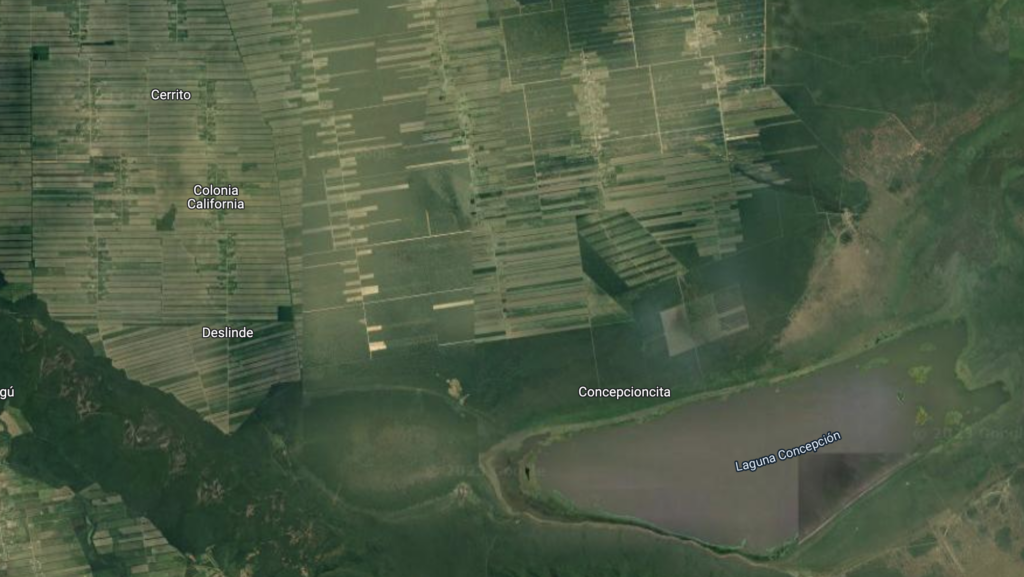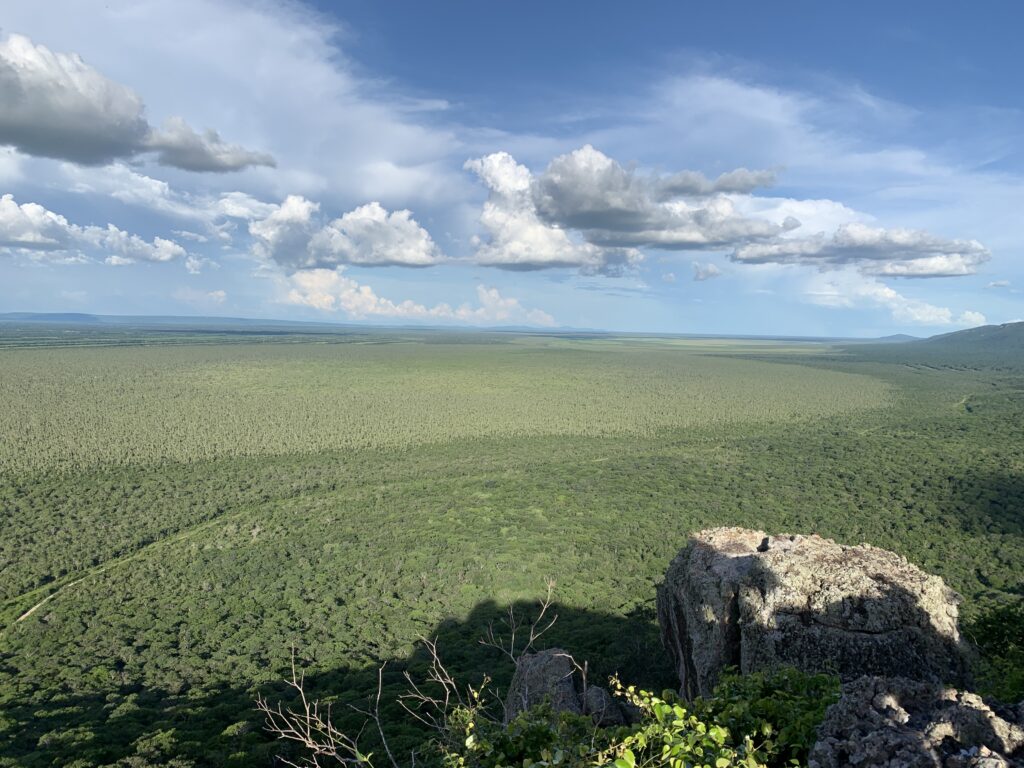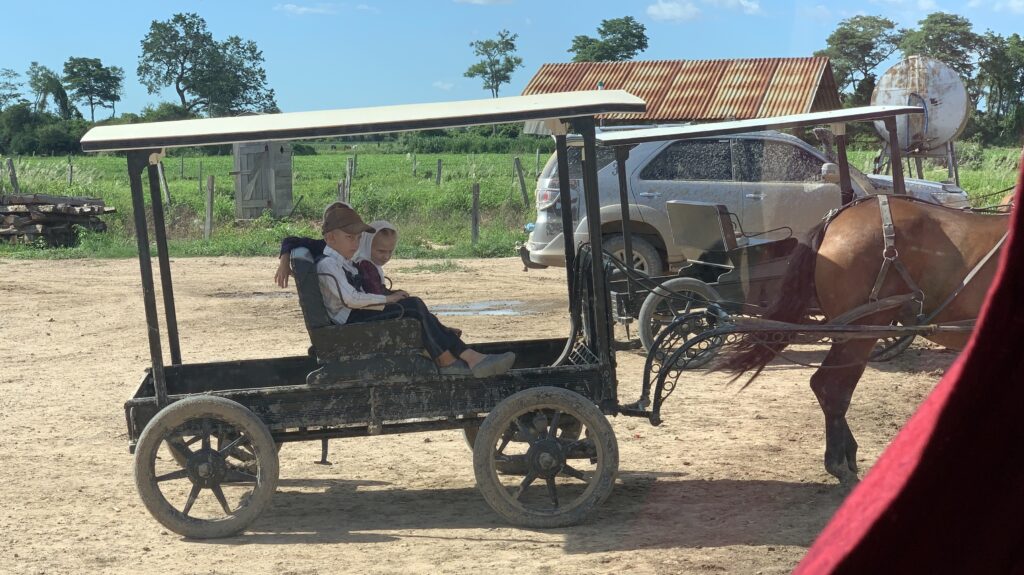21 January 2023
Our core beliefs and values must—at least initially—come from those we grow up around. What religious tradition we practice, how we value the physical world and the human world, even how we view other people—with suspicion or with openness—must in a large part be changeable depending upon where and with whom a person grows up. I imagine, for example, if I were born into a family in India I’d call myself a Hindu and have particular beliefs about the treatment of cows (a holy animal) and people from other castes. As it is I grew up in a family in the US with a strong tradition of education and getting out into, and appreciating, natural areas. My grandparents began the tradition of having an outdoor retreat the family could go to, first in northern Minnesota on a lake and then later in the mountains of California. (I’m very fortunate that my family was able to invest what was then a third of my grandfather’s annual salary in property that we could enjoy and inherit for generations to come.) I’ve grown up as a conservationist, one who sees humanity’s place in the environment as a natural one but who also values the other species and landscapes around us for their own sake as well, rather than just as things that might (or might not) have value to humanity.
I’ve been thinking about this after we’ve encountered Mennonite “colonies” in the tropical dry forest of this Chiquitania region east of Santa Cruz. It is a relatively flat, well-watered area (the “dry” in the name comes from how drought tolerant the plants are, unlike tropical wet/rain forests that rely on regular water) interrupted by rocky escarpments and bluffs: a beautiful, warm area. The Mennonites, many locals agree, “have the best intentions” but have “deforestation in their blood.” They are a close-knit cultural / religious group that marry inside their own tradition, have definite dress codes (the men and boys in blue overalls, pale long-sleeved shirts, and a hat of some sort; the women and girls in dark dresses and bonnets), and attitudes. One of these attitudes appears to be that the world is given to them to use in whatever way is amenable to producing crops on an industrial scale. They grow a lot of food in this area, mostly soy beans, and some sorghum, two crops that end up feeding livestock more than people (and much of it exported), but this cultivation comes at a serious cost to the environment.

On our way out here, we stopped in a small community for lunch and a local guide who took us up to the top of an overlook that used to have a great view of Laguna Concepción, a lake 9km by 5km in extent. But now the laguna, like Lago Poopó, is gone. Our guide laid the blame on the Mennonite farmers whose farms were also clearly visible from the overlook: too much water diverted and too much forest removed. The farms—we later drove out to visit the Colonia California, a large collection of families that have organized a “colony” to support their farms—are laid out in long strips of soy monoculture interspersed with narrow windbreaks of original forest. From the overlook (or on Google Maps) this gives a ladder-like appearance. A casual look on Google Maps shows it also results in at least 80% of the original forest permanently removed.

Despite my environmentalist values, I couldn’t help but admire the Mennonite colony’s ability to change the world to suit their ends. They have cut roads into the forest. Built houses and workshops. Built and organized stores (one of which we visited, full of non-perishables and tractor parts). Used their tractors to clear massive swaths of forest to lay out broad, flat soy fields surrounded by drainage ditches. It struck a chord of appreciation for the myth of “man against the wilderness,” the taming and domesticating of an otherwise inhospitable place. (An old dream of mine, recently abandoned, has been to go into the Canadian wilderness, build a log cabin from scratch, and live for a while on the food I could raise, forage, or hunt.)

In the early 1800s, our third US President, Thomas Jefferson, charged Meriwether Lewis and William Clark to map out the newly acquired Louisiana Purchase, bought from France. (How the French came to believe they were the owners of the territory is a separate issue!) In so doing, Lewis and Clark found multiple indigenous peoples living throughout the west, found herds of bison so large they covered the landscape as far as the eye could see, were haunted by grizzly bears and wolves, and found ducks and other waterfowl so numerous they could scarce be counted. And above all, they found prairie, miles and miles of intact prairie, waving in the constant winds. This prairie, along with the bison, the grizzlies, the wolves and ducks, are now gone, plowed under in our own efforts to transform an ecosystem into something that better serves humankind. As Aldo Leopold wrote in the 1930s, “Man always kills the thing he loves, and so we the pioneers have killed our wilderness. Some say we had to. Be that as it may, I am glad I shall never be young without wild country to be young in. Of what avail are forty freedoms without a blank spot on the map?” The farms in the former prairie lands—and this includes right around St Peter, MN—now produce lots of the crops that feed the world (though around St Peter this is mostly soy and corn that go to feed animals). So the Mennonites are not so different than we were in the 1800s, living our dream of manifest destiny, but in 2023 their attitude seems (to me) anachronistic and unnecessarily destructive. As we learn about the interconnectedness of the natural and human worlds, and the value to us of the natural systems that maintain our water supply and livable climate, the casual destruction of an entire ecosystem seems unwarranted.
Take Laguna Concepción. Water diversions are easy to understand, but how could deforestation lead to the loss of a lake? Like the prairies, forests act as a sponge, soaking up water that falls and releasing it again into the atmosphere through transpiration (the movement of water from the soil up through the plant and out through the leaf pores). This moderates the ups and downs of the water table and allows wetlands (and lakes) to persist through times of drought. Saint Peter, in the Minnesota River valley, used to be surrounded by prairie and wetlands. Now gone, the river goes up and down much more dramatically as water drains from the farm fields into the river (flood) and then is gone (drought) rather than staying on the landscape and recharging underground aquifers as it would have when the prairies were intact. We rely on our natural environment to provide what we need—a stable water supply, a tolerable climate, pollinated crops—and will make life more difficult for ourselves if we cut down the trees, plow up the prairies, or add too much carbon dioxide to the atmosphere.
Our world is providential, wondrous, and full of beautiful places and species, but sometimes I think humanity itself has “deforestation in its blood,” regardless of the cultural background we inherit.